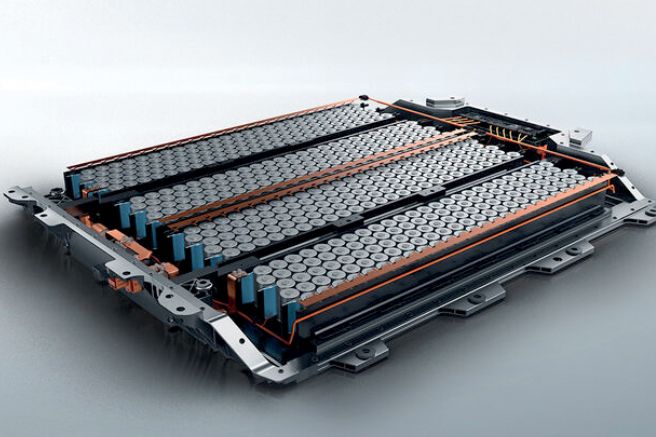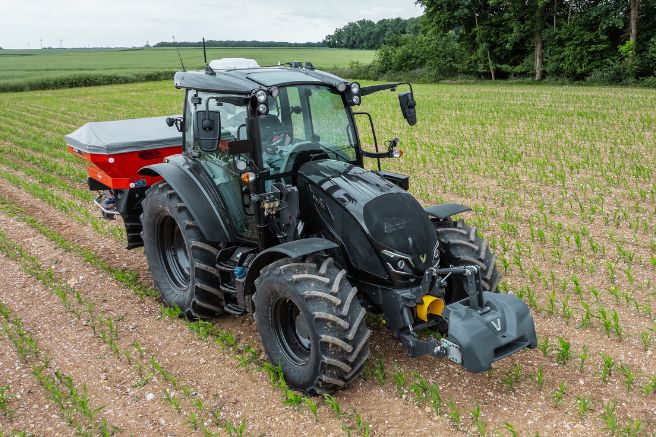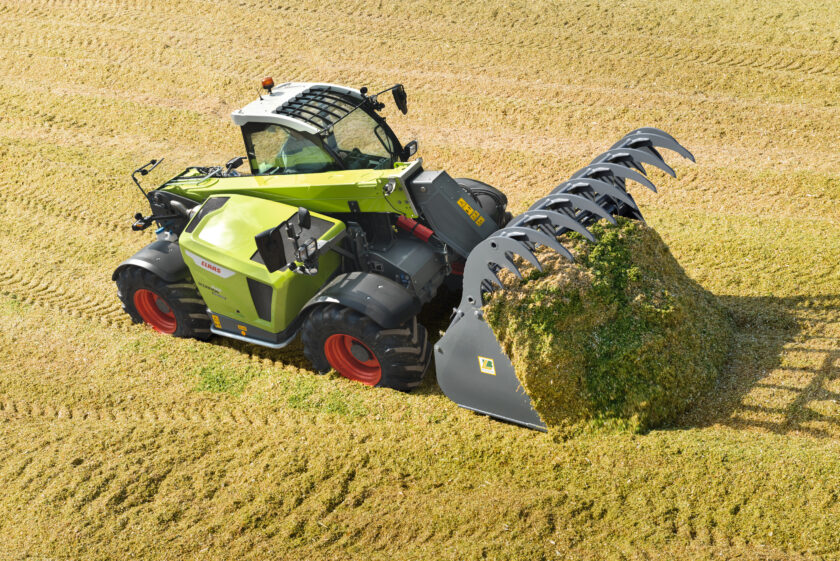
The Claas “Scorpion” series telescopic handlers, available in light and medium ranges, are the result of a recent and significant renewal process aimed at ensuring the best operational efficiency with lifting capacities ranging from 3,300 to 4,200 kilograms, complemented by maximum working heights that can reach up to ten meters.
Deep revisitation
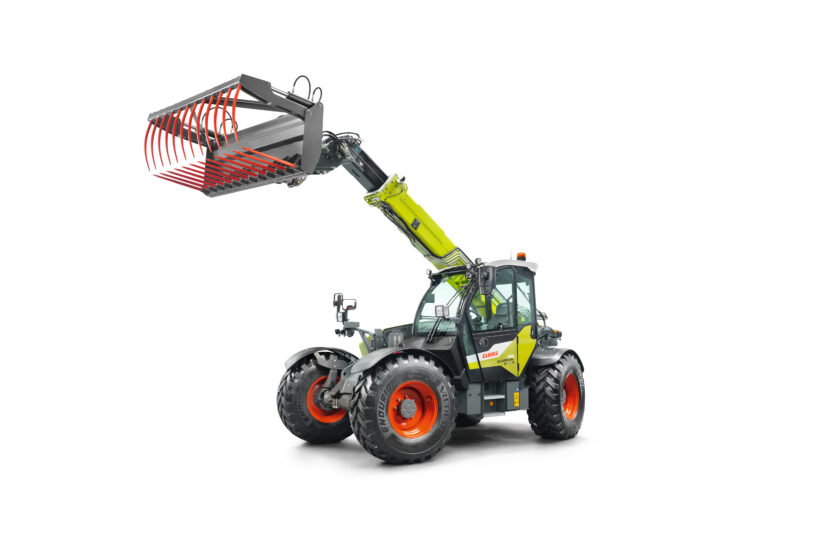
Telescopic handlers have become indispensable tools in modern agriculture. Until a few years ago, tractors equipped with traditional front loaders were sufficient for handling tasks on the farm. Today, specific machines are necessary to accelerate increasingly intensive daily activities and to rationalize the fleet, allowing tractors to be used exclusively for classic field work or road transport. This shift represents a nearly obligatory step towards minimizing operational costs. This objective is the foundation of the growing commercial success of telescopic handlers in recent years—a trend confirmed by Claas’s recent decision to renew its light and medium-range “Scorpion” telescopic handlers. Five models, already present in Claas’s product range and the result of the partnership established in 2017 between the Harsewinkel company and Liebherr, have been significantly updated in terms of performance and technical-functional features to offer superior operational efficiency in a market segment that specifically addresses the application needs of livestock farms and mixed-use operations.
Claas “Scorpion”, maximum stability in extreme conditions
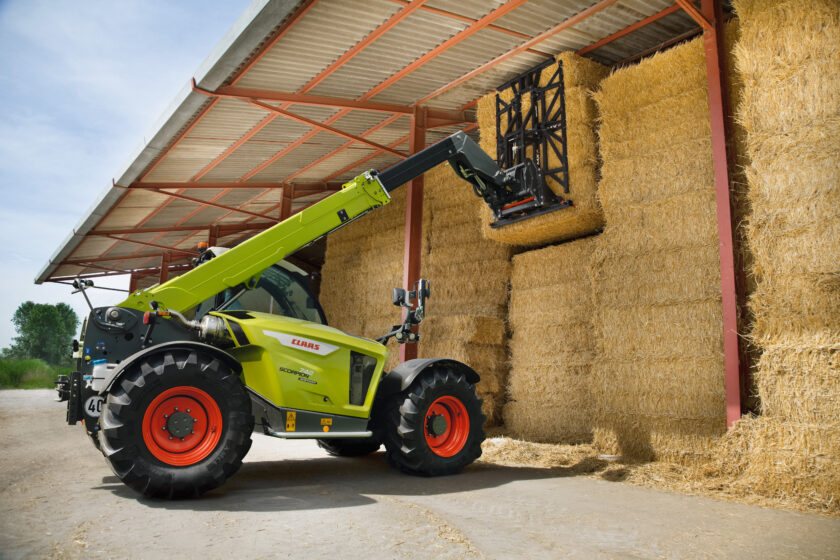
Designated “733,” “1033,” “638,” “738,” and “742,” the 2025 model year light and medium “Scorpions” indeed offer increased lifting capacities of up to 300 kilograms. The most powerful model, “742,” can reach lifting capacities of 4,200 kilograms with maximum working heights of approximately 7.3 meters. The “1033” version surpasses this parameter, capable of reaching ten meters while lifting loads of up to 3,300 kilograms, the same capacity as the “733.” Differentiated performance allows for prioritization of either capacity or height depending on the needs of each individual farm, achieved through a design centered on a 100-millimeter increased wheelbase compared to previous generation models, ensuring greater stability when operating under extreme conditions.
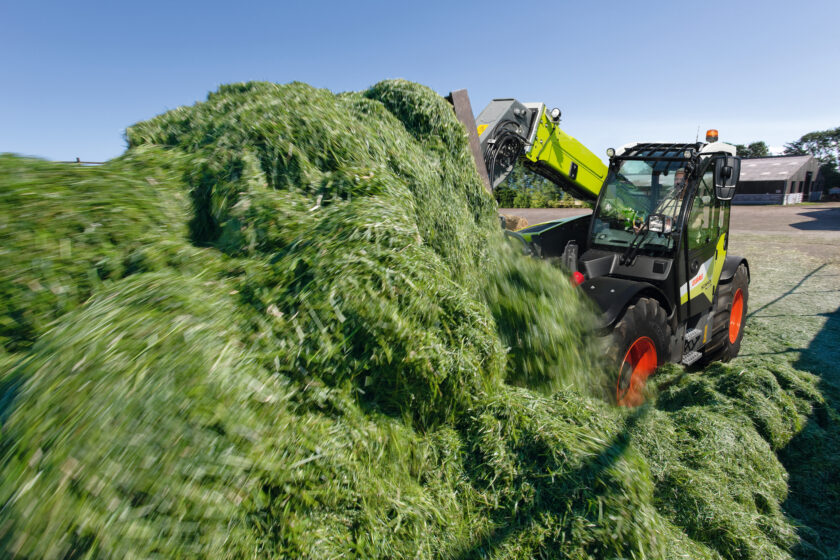
An optimal weight distribution between the front and rear axles further ensures that telescopic handlers can operate effortlessly on difficult and uneven terrain. In these conditions, work is facilitated by the “Smart Loading” assistance system, which not only guarantees proper performance management through an automatic overload protection system but also automatically adjusts the lowering speed of the bucket and pre-sets a specific position based on the task at hand, easily recalled by the operator via a button on the joystick that controls the telescopic arm.
The “Dynamic Power” system also optimizes activities, particularly energy consumption, by automatically regulating the engine’s rotational speed. This Liebherr four-cylinder, 3.6-liter engine is rated at 143 horsepower and adjusts based on the angle of the aforementioned joystick, allowing for desired lifting and loading speeds. As a result, the machines can ensure faster and more efficient work cycles. This goal is also pursued by the new “Varipower 3” transmission, available as an option for the “738” and “742” models, which combines two hydraulic motors to provide 20 percent greater traction force compared to the “Varipower 2” group standard on all light and medium “Scorpions.” This capability is particularly valuable when the machines are engaged in road towing tasks.
Superior Ergonomics
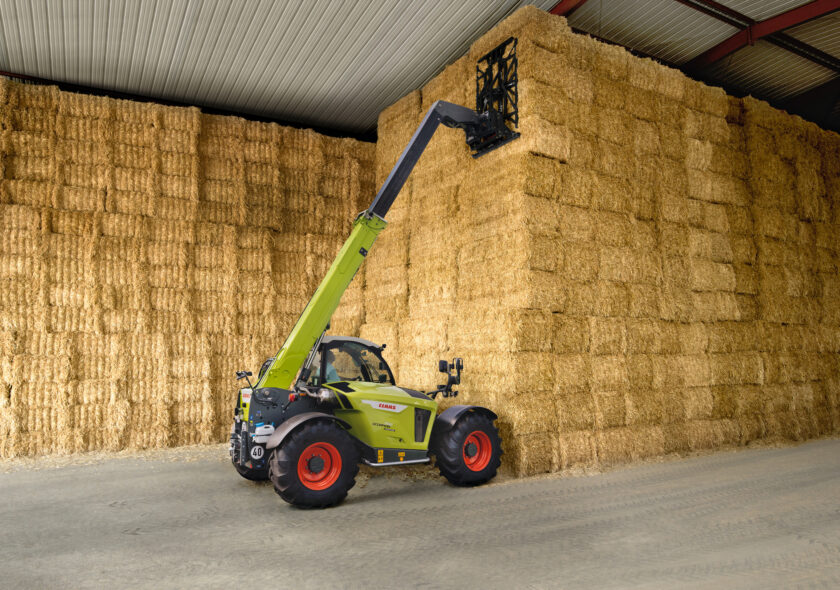
The cabins of the new generation “Scorpions” result from careful design aimed at incorporating the ergonomic features characteristic of the Claas tractor cabins into the telescopic handler segment. In this regard, the internal volume has been increased compared to previous models, transforming the cabins into comfortable workplaces in every season. Contributing to this objective are the pneumatic suspended seats and a comprehensive climate control system. Productivity is also enhanced by the monoblock windshield, which ensures full visibility of the work area, and the 3.5-inch diagonal screen that allows operators to monitor the main functional parameters of the handler, such as speed, steering type, and hydraulic system status.
Title: Claas “Scorpion” model year 2024, generational leap
Translation with ChatGPT






